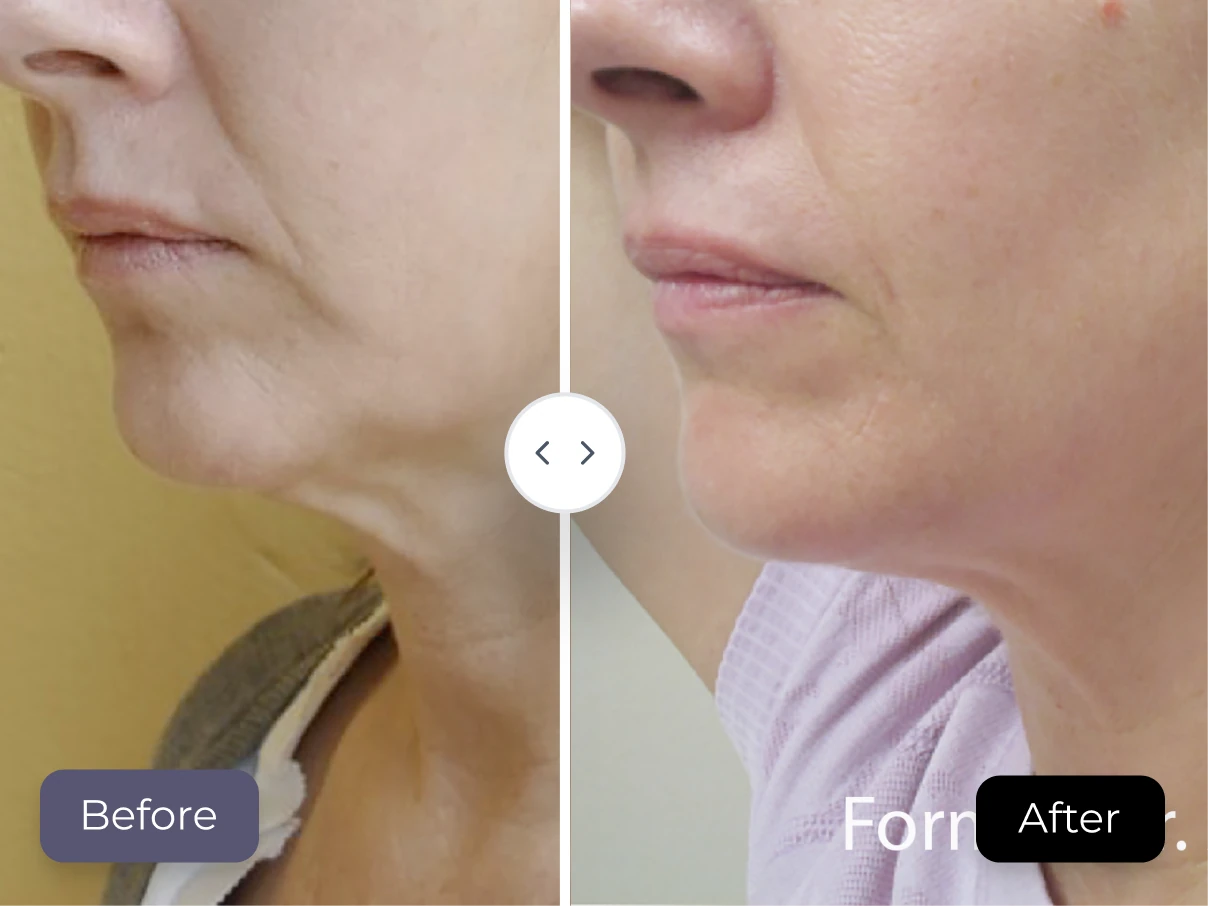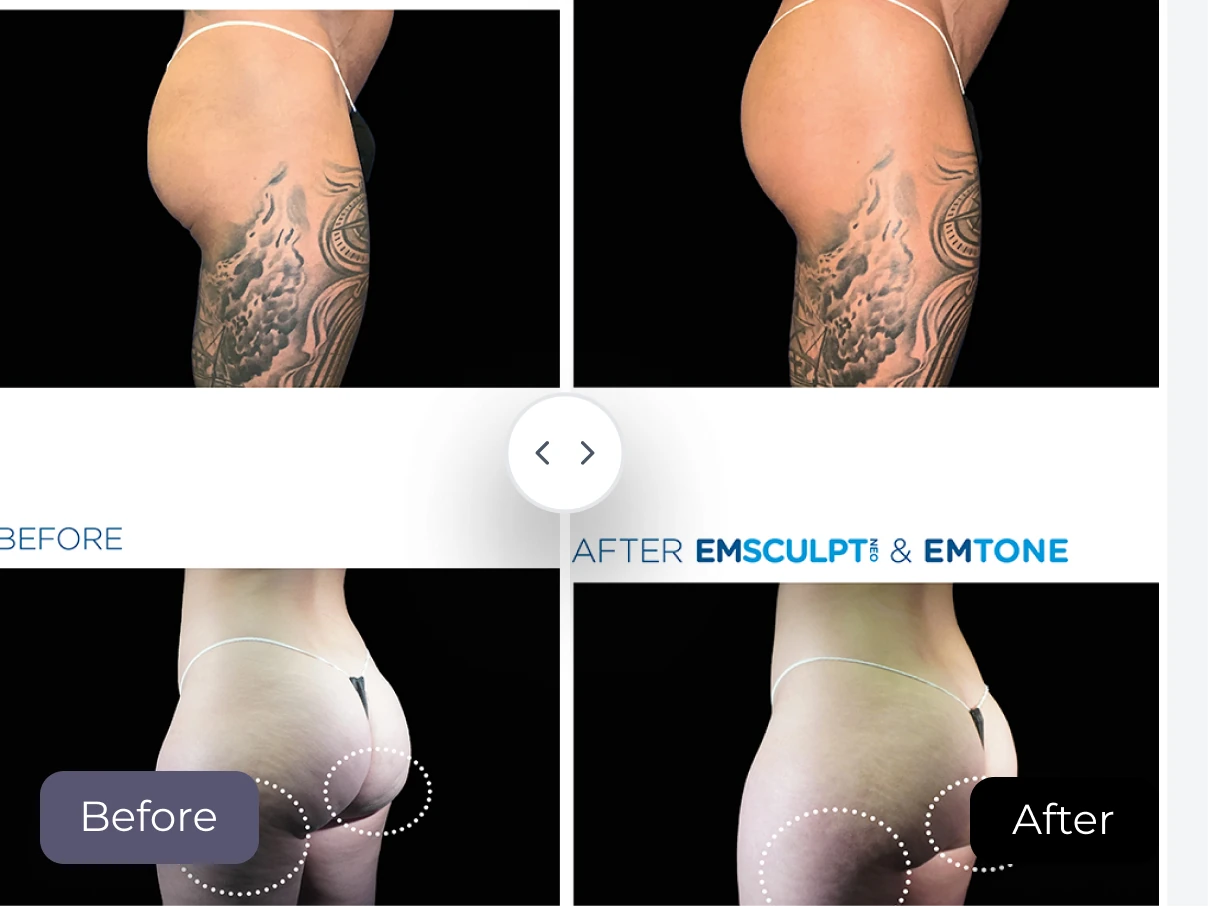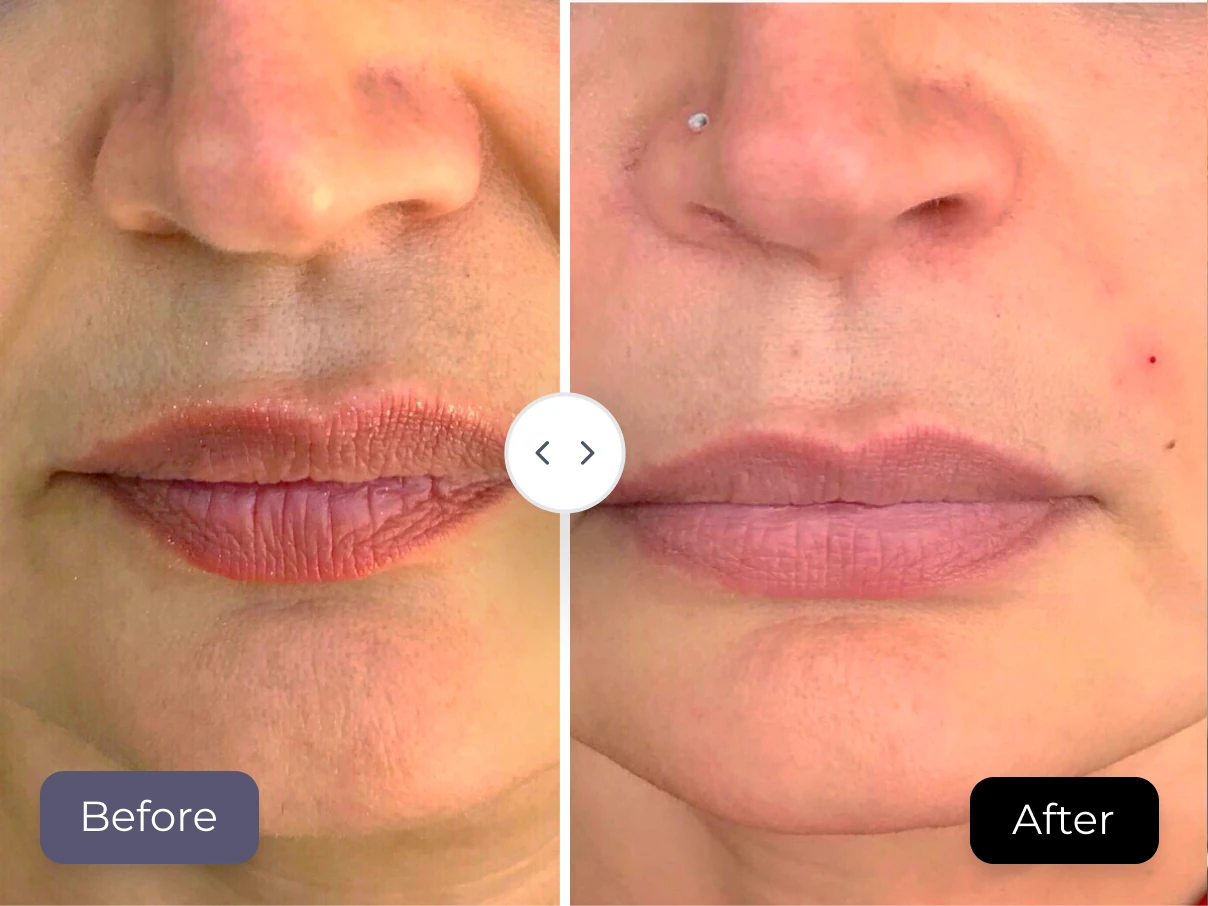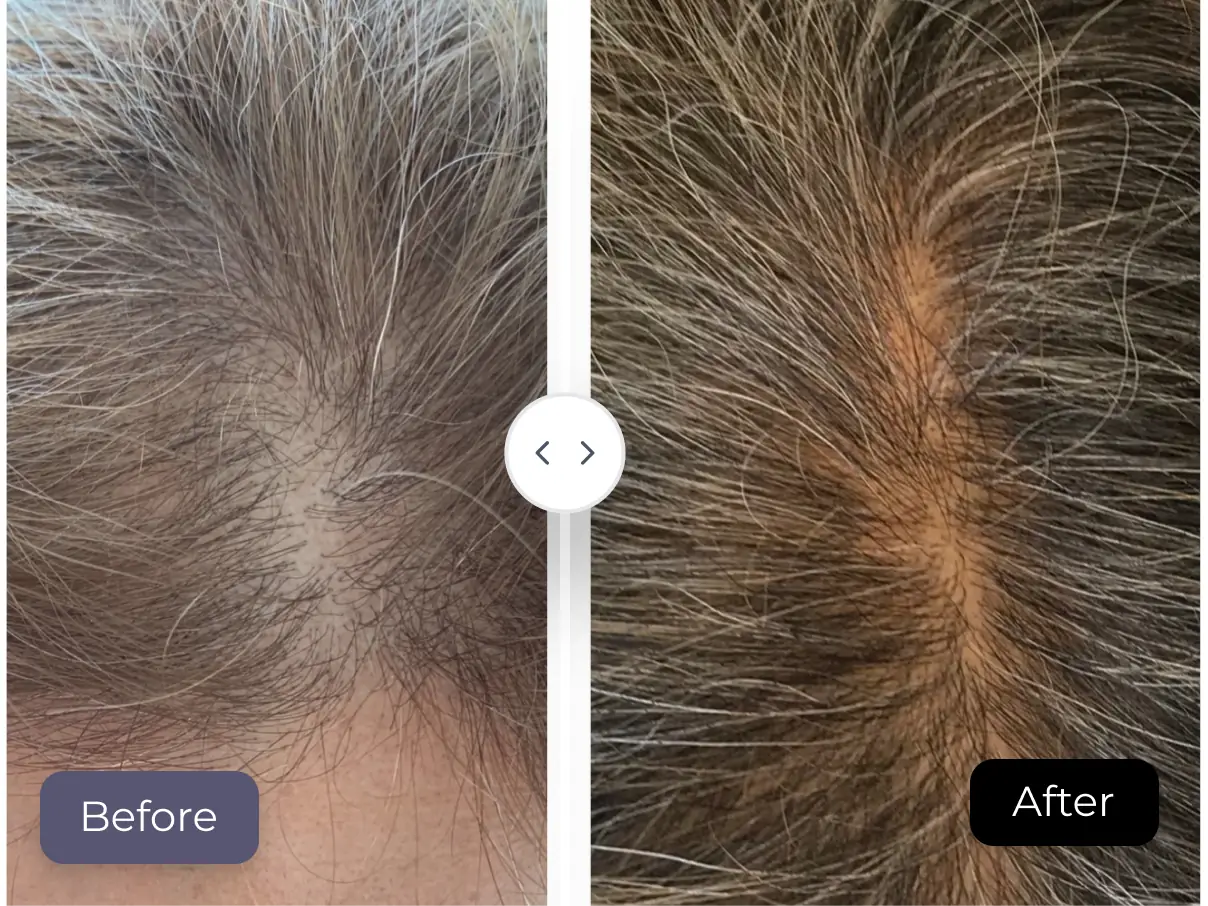Hair thinning or loss can affect more than just your appearance—it often impacts confidence and self-esteem, too. Fortunately, today’s hair growth treatments offer a wide range of options for promoting regrowth and restoring volume.
From well-known solutions like minoxidil and finasteride, to advanced procedures such as microneedling, PRP therapy, and hair transplantation, this guide walks you through what to expect—step by step.
You’ll also learn about lifestyle-based remedies, including scalp care, biotin supplements (which primarily benefit those with a deficiency), and DIY hair masks that support long-term hair and scalp health.
By the end, you’ll be better equipped to choose the treatment that aligns with your hair type, goals, and stage of hair loss.
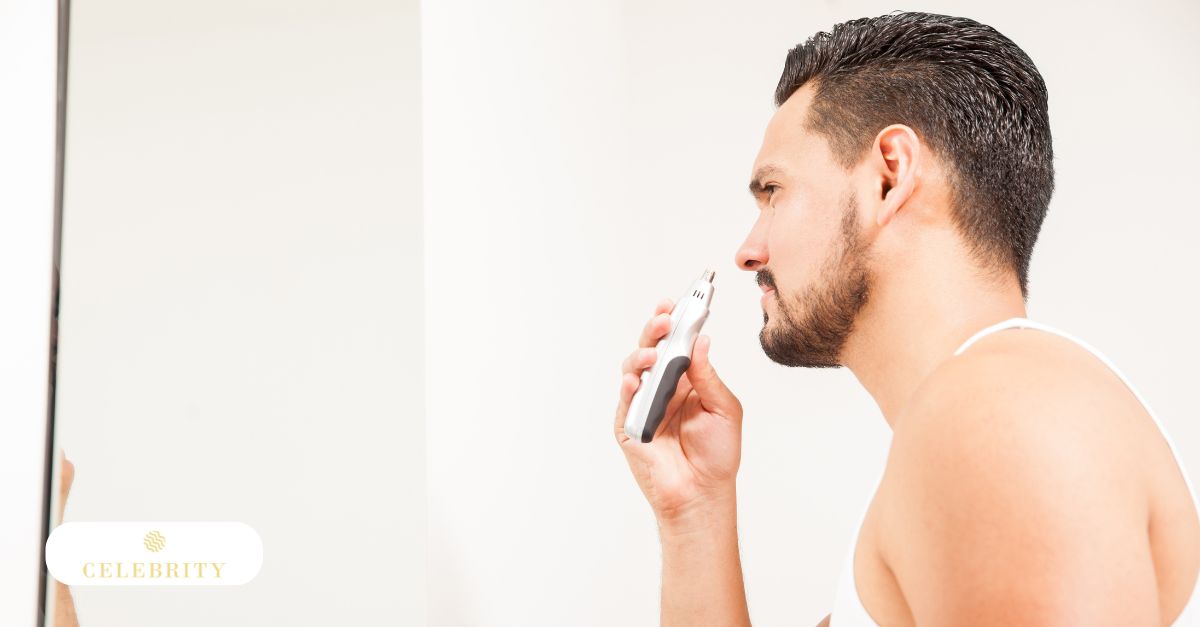
Understanding Hair Growth
Hair growth is a continuous biological process influenced by genetics, hormones, diet, and overall scalp health. Before choosing a treatment, it’s helpful to understand how the hair growth cycle works and what factors might be impacting it.
The Hair Growth Cycle
Your hair follicles move through three main phases:
- Anagen (Growth Phase): This is the active growing stage, lasting 2–6 years. The longer this phase, the longer your hair can grow.
- Catagen (Transition Phase): A brief 2–3 week stage when hair growth slows and the follicle begins to shrink.
- Telogen (Resting Phase): Hair stops growing and eventually sheds, making room for new hair to begin the cycle again.
Factors That Influence Hair Health
Several internal and external factors can interrupt this natural cycle:
- Genetics: Family history strongly influences hair growth patterns and your risk of conditions like male or female pattern baldness.
- Hormones: Changes in hormones due to pregnancy, thyroid imbalances, or androgenic alopecia can disrupt the growth cycle.
- Nutrition: Low levels of key nutrients—like biotin, vitamin D, or iron—can weaken hair and slow regrowth.
- Scalp Health: Conditions like buildup, poor circulation, or inflammation can reduce follicle function and hair quality.
Understanding these root causes can help you choose treatments that address your specific type of hair loss—whether it’s hormonal, genetic, or lifestyle-related.
Hair Growth Treatments: A Quick Comparison
Choosing the right treatment depends on your hair loss stage, personal goals, and how aggressive you want to be with your approach. Below is a side-by-side look at some of the most commonly used hair growth treatments—including their effectiveness, timeline, ideal use cases, and possible side effects.
This overview will help you narrow down the options before diving deeper into each.
Hair Growth Treatments Comparison | ||||
| Treatment | Effectiveness | Duration | Best for | Side Effects |
| Minoxidil | Stimulates Hair Regrowth | 3-6 Months to See Results | Mild to Moderate Loss | Scalp Irritation, Dryness |
| Microneedling | Enhances Follicle Stimulation | 1-3 Months for Visible Gains | Early-Stage Hair Loss | Temporary Redness, Swelling |
| PRP Therapy | Activates Growth via Platelet Injections | 3-6 Months for Results | Moderate Thinning | Mild Tenderness, Scalp Sensitivity |
| Finasteride | Blocks DHT, Slows Further Loss | 3–6 Months, Fuller Results in 12 | Male-Pattern Baldness | Low Risk of Sexual Side Effects |
| Hair Transplant | Permanent Solution with High Density | 6-12 Months for Full Growth | Advanced Hair Loss | Temporary Swelling, Scarring |
Topical Treatments for Hair Growth
Topical solutions are among the most accessible and widely used treatments for hair thinning—especially during the early stages. These are applied directly to the scalp to improve circulation, stimulate follicles, and support overall scalp health.
Minoxidil
Minoxidil is the most recognized and Health Canada–approved topical treatment for hair loss. It works by widening blood vessels in the scalp, increasing oxygen and nutrient delivery to the hair follicles.
- Available in both liquid and foam formulas
- Applied twice daily to affected areas
- Visible results typically appear within 3 to 6 months, with further improvement up to 12 months
While effective, Minoxidil needs to be used consistently. It performs best when paired with other methods like microneedling or oral medications.
Ketoconazole Shampoo
Typically used for dandruff, ketoconazole may also lower DHT levels on the scalp—reducing inflammation and supporting follicle health.
Caffeine-Based Products
These stimulate the scalp by boosting blood flow to the follicles. While research is still evolving, caffeine topicals are a popular complementary option.
Natural Oils and Topicals
Options like rosemary, peppermint, and batana oil are used to improve circulation and reduce scalp irritation. While not a substitute for medical treatments, they can enhance overall scalp conditions.
Note on effectiveness: Topical treatments tend to work best for mild to moderate hair loss. They aren’t permanent fixes, but when used consistently—and especially alongside non-surgical hair restoration options—they can significantly slow shedding and support new growth.
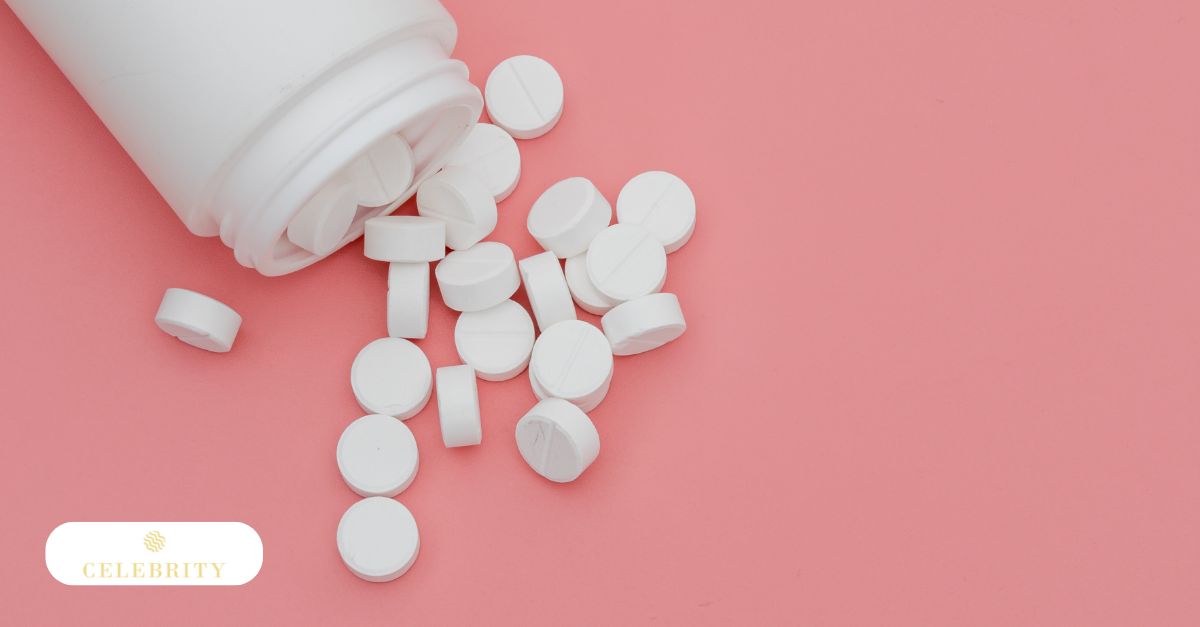
Oral Medications: Finasteride and Dutasteride
Oral medications are another common treatment path, particularly for individuals experiencing male-pattern hair loss. These treatments work internally to slow hair thinning and may also promote regrowth over time.
The most widely used options are Finasteride and Dutasteride—both of which reduce DHT (dihydrotestosterone), the hormone responsible for shrinking hair follicles.
Finasteride
Finasteride works by blocking the enzyme that converts testosterone into DHT. By lowering DHT levels, it helps prevent further damage to hair follicles.
- Typically prescribed as a daily pill.
- Results can appear within 3–6 months, with fuller effects seen by 12 months.
- Side effects are uncommon but may include changes in libido or mood in a small percentage of users. Health Canada has also identified a possible link between Finasteride use and risks of suicidal ideation or self-injury.
Dutasteride
Dutasteride functions similarly but inhibits two types of enzymes instead of one, making it more potent in reducing DHT levels.
- May be used off-label for hair loss.
- Considered more effective than Finasteride for some users.
- May carry a slightly higher risk of side effects, including those related to sexual function.
Note on effectiveness: Both medications require ongoing use. If stopped, hair loss typically resumes within several months. Dutasteride may show stronger results, but Finasteride is more commonly prescribed and has a longer track record.
Because these are systemic treatments, it’s important to consult a healthcare provider before starting to ensure they’re appropriate for your needs and medical history.
Procedural Treatments for Hair Growth
If you’re dealing with moderate to advanced hair thinning, procedural treatments can offer more targeted results. These therapies focus on revitalizing the scalp and stimulating follicles at the source—often delivering faster or more visible outcomes than topicals or supplements alone.
Popular non-surgical hair restoration options include microneedling, PRP therapy, and low-level laser therapy (LLLT). These methods are often used in combination with other treatments to maximize effectiveness.
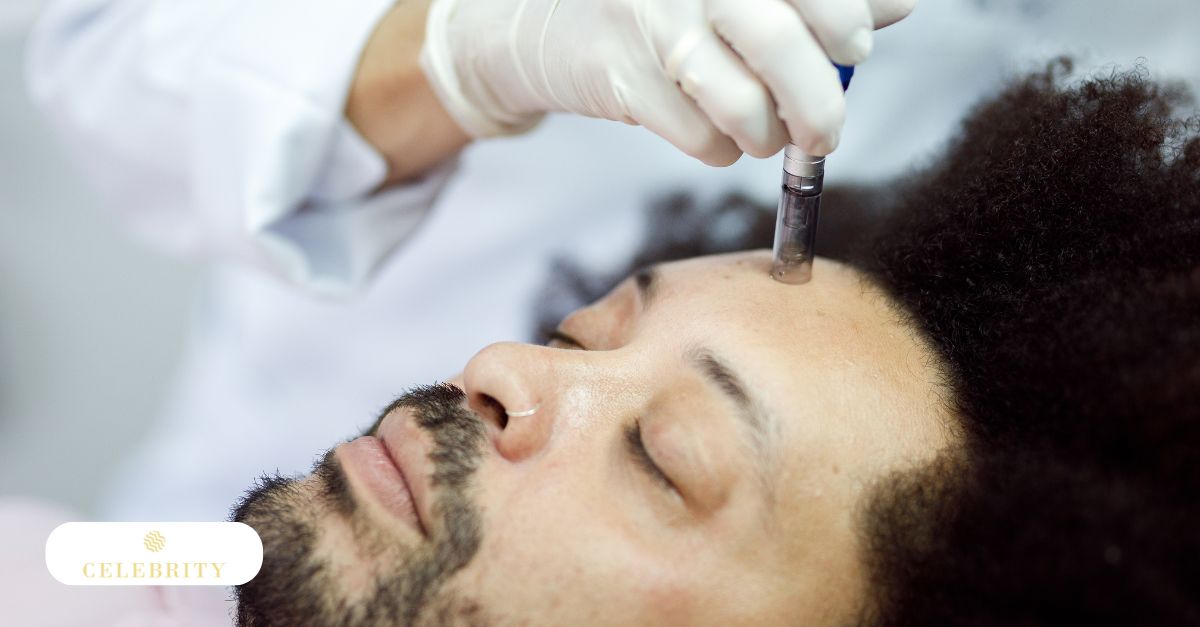
Microneedling
Microneedling involves using tiny, fine needles to create micro-punctures in the scalp. This process stimulates collagen production and boosts blood flow—both of which improve follicle function and skin health.
It also enhances the absorption of topical treatments like Minoxidil, increasing their effectiveness.
You can learn more about microneedling and hair growth through our dedicated breakdown of how the procedure works and what results to expect.
Platelet-Rich Plasma (PRP) Therapy
PRP therapy uses your own blood to stimulate hair growth. After drawing a small blood sample, it’s processed to concentrate the platelets, which are then injected back into your scalp.
These platelets release growth factors that improve circulation and activate dormant follicles—making PRP especially effective for early-stage thinning.
Curious if this treatment is right for you? Dive deeper into the benefits of PRP therapy for hair loss to learn more.
Low-Level Laser Therapy (LLLT)
LLLT uses red light wavelengths to stimulate cellular activity and improve blood flow to the scalp. It’s non-invasive, painless, and often used as a supportive treatment alongside PRP or microneedling.
With consistent use, LLLT can help maintain existing hair, increase density, and slow further thinning.
Note on effectiveness: Procedural treatments are ideal for those who want to take a proactive, results-driven approach to hair regrowth. While individual results vary, combining these therapies often yields the most noticeable improvements—especially when started early.
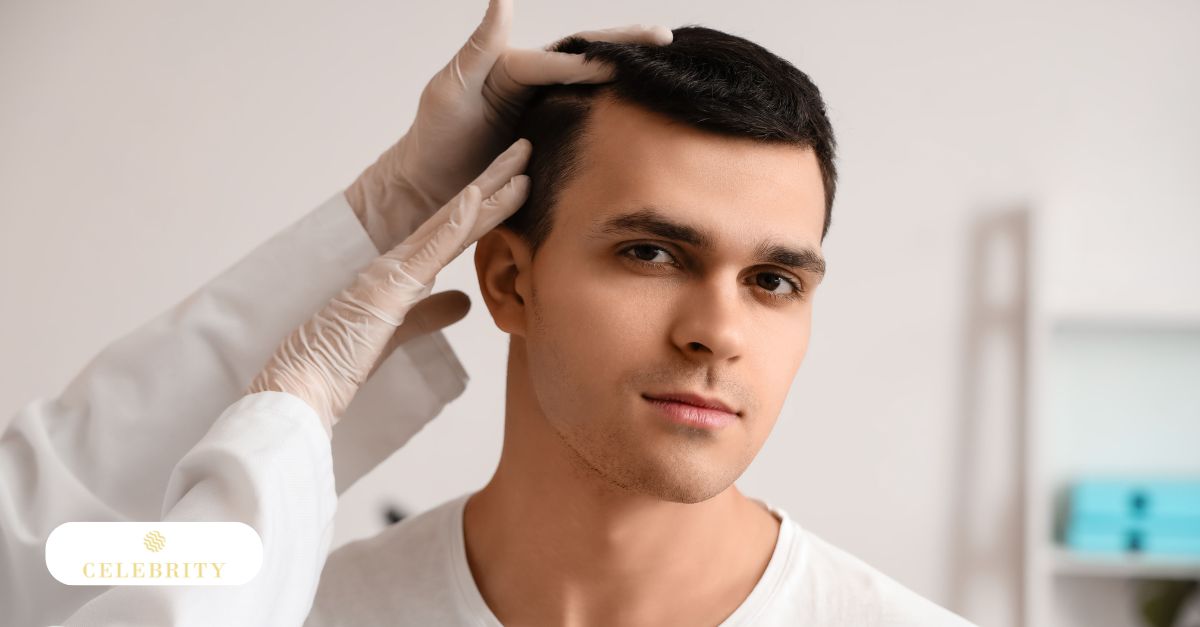
Hair Transplantation: Procedure, Recovery, and Results
For individuals with advanced hair loss, a hair transplant can offer a long-lasting, natural-looking solution. Unlike other treatments that slow or stimulate growth, transplantation physically moves healthy hair follicles to areas where regrowth is no longer occurring.
Procedure Overview
The two most common methods are:
FUE (Follicular Unit Extraction)
Individual follicles are removed from a donor area (usually the back or sides of the scalp) and implanted into thinning zones. FUE is minimally invasive and leaves tiny dot-like scars that are barely noticeable.
FUT (Follicular Unit Transplantation)
A thin strip of scalp is removed, and follicles are extracted from it for transplanting. FUT may be recommended for larger areas of hair loss, though it often results in a linear scar.
Both approaches are performed under local anesthesia and usually take several hours to complete.
Recovery
Recovery time varies slightly depending on whether you choose FUE or FUT. Most people can return to work within 7 to 10 days, though some minor swelling and tenderness around the treated areas are common during the first few days.
Small scabs typically form around each transplanted follicle and fall off within a week. It’s important to avoid strenuous physical activity for at least two to three weeks to allow the scalp to heal properly.
You may notice the transplanted hairs shedding within the first month—this is completely normal and part of the natural regrowth cycle. New hair usually begins to emerge around three to four months after the procedure.
Expected Results
Most patients begin to see visible improvements in 6–12 months, with full results developing over the course of a year. Transplanted hair is typically resistant to DHT, meaning it won’t fall out like the original thinning hair.
While a hair transplant is considered a permanent solution, it may still be beneficial to combine it with other maintenance treatments like Minoxidil or PRP to preserve surrounding hair and enhance long-term results.
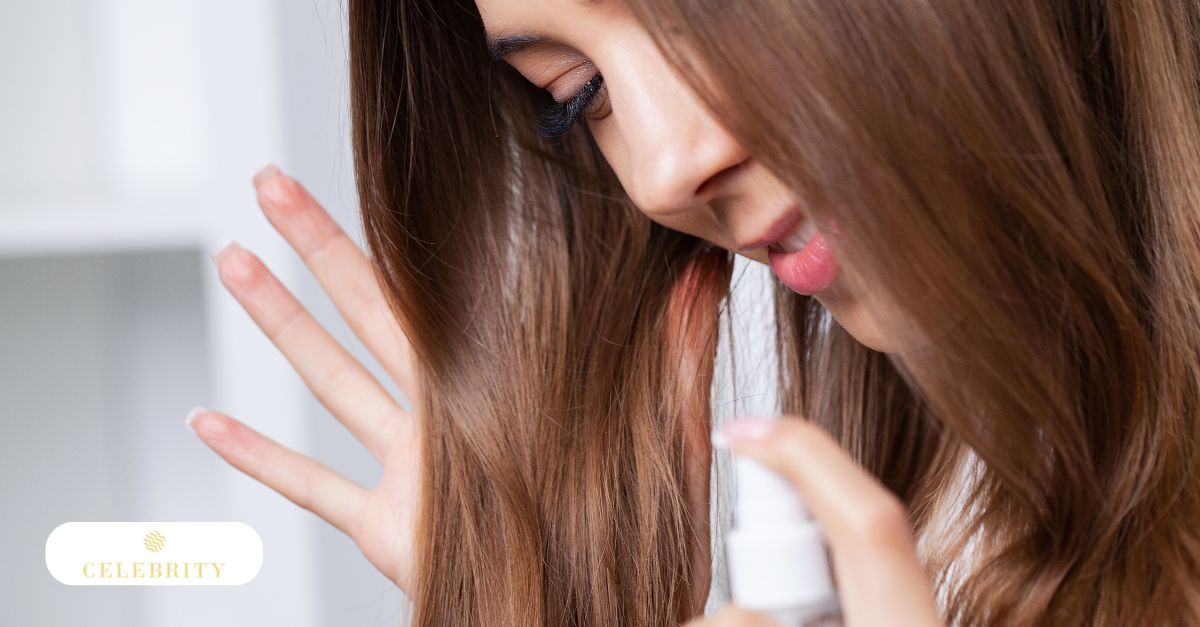
Lifestyle and Home Remedies for Hair Growth
In addition to medical treatments, your daily habits play a key role in supporting healthy hair growth. While these methods won’t reverse hair loss on their own, they can complement clinical treatments and promote a healthier scalp environment over time.
Diet and Supplements
A nutrient-rich diet helps nourish your hair from the inside out. Nutrients like vitamin D, iron, and zinc are essential for strong, resilient strands. Biotin is also important for hair health, although supplementation mainly benefits individuals with a diagnosed deficiency.
If you’re not getting enough through food, targeted supplements can help fill the gap. Foods such as leafy greens, eggs, fatty fish, and nuts also support hair health and shine.
Scalp Care
A healthy scalp is the foundation for healthy hair. Regular scalp massages can boost blood flow, helping deliver nutrients to the follicles. Using gentle, sulphate-free shampoos and conditioners can reduce inflammation and buildup—both of which can slow growth.
Cleansing your scalp properly also helps prevent clogged follicles, dandruff, and irritation.
DIY Hair Masks
Homemade hair masks using ingredients like olive oil, eggs, or avocado offer a natural way to hydrate the scalp and strengthen hair strands.
When used weekly, these masks can improve texture, reduce breakage, and add softness. While they aren’t miracle cures, they can support other regrowth efforts and help maintain a healthier look and feel.
Conclusion
Choosing the right hair growth treatment can feel overwhelming—but understanding your options is the first step toward real, lasting results.
Whether you’re exploring topical solutions like Minoxidil, considering microneedling or PRP therapy, or building better habits with lifestyle remedies, there’s a path forward. The most effective approach depends on your hair type, the stage of loss, and your personal goals.
At Celebrity Laser & Skin Care, we take a tailored approach to every client. Our team offers personalized consultations to help you explore the most effective mix of medical therapies, procedural treatments, and natural remedies for your specific needs.
Ready to get started? Contact us today to schedule your consultation and discover the right hair restoration plan for you.


